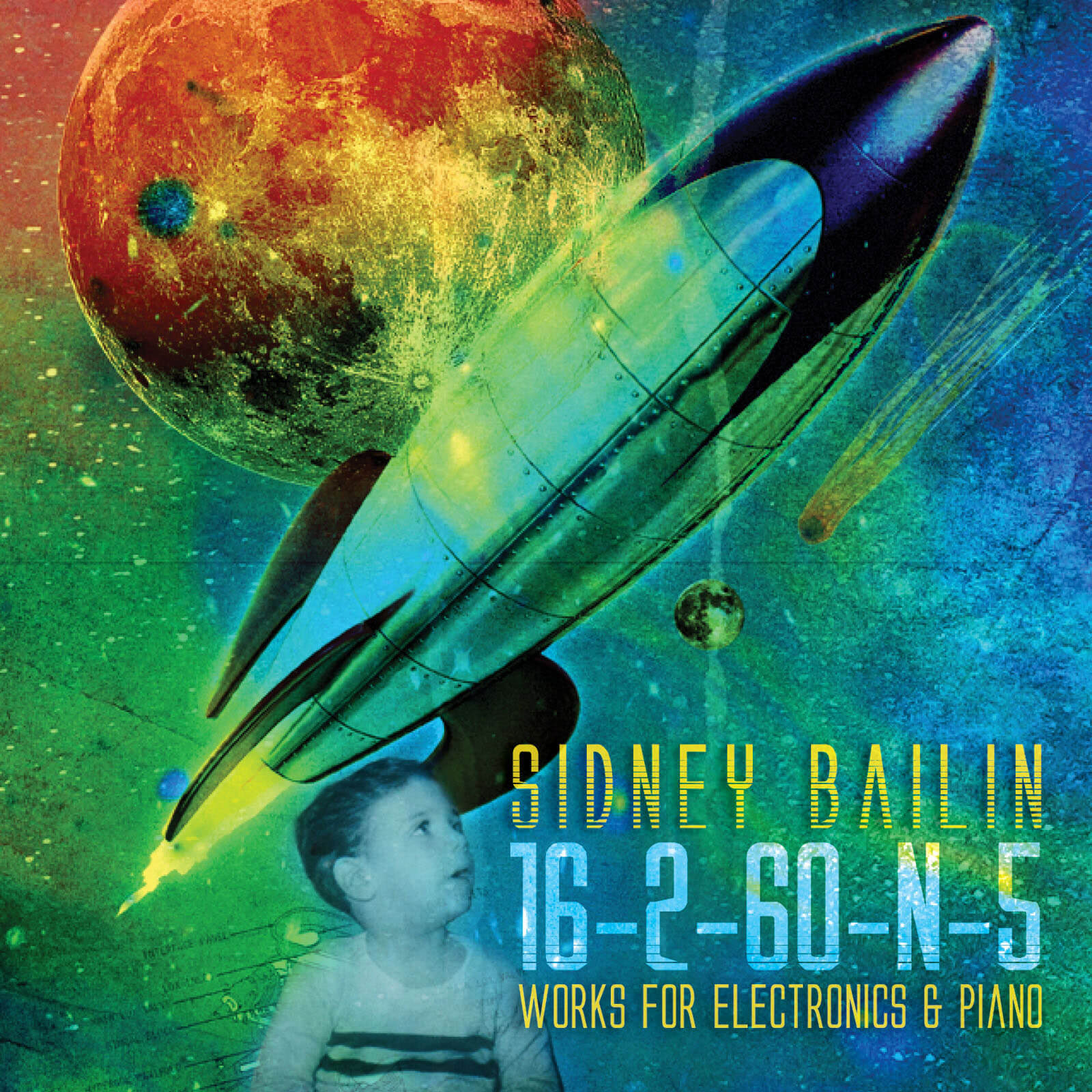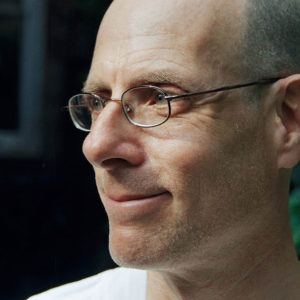
Share Album:
16-2-60-N-5
Sidney Bailin composer
“I write what is inside me,” says Sidney Bailin. “To me, revealing the psyche’s vulnerable parts is the essence of serious art. With each piece I write, I am trying to tell my secrets.”
On his first Ravello release, 16-2-60-N-5: WORKS FOR ELECTRONICS & PIANO, composer Sidney Bailin shows how musical technique exists solely to help him tell his secrets. A combination of piano and electroacoustic works, 16-2-60-N-5 transforms patterns and structures into a viscerally and emotionally gripping sound experience.
In Cascade, the piano speaks in flowing, waterfall-like gestures, contrasted with short, rhythmic jabs – the two modes expanding, merging and evolving over the course of the work.
Wedges is all about instrumental color – widening the instrument’s sound palette by placing screws of specific sizes between the strings of selected notes.
Dilation shows how the essence of tonality – the push and pull of pitch combinations – can exist in an atonal work.
The first electronic work, Reeds by the Shore, places an underlying track of regular plinking sounds under contrapuntal sax-like riffs, slowly building to a climax that almost forces the listener to move with the music.
The culmination of 16-2-60-N-5 is Speak, Child, in which sound samples of an infant’s babble are electronically manipulated and sequenced into a deep, dark, and finally redemptive exploration of a child’s mind. Speak, Child recalls Luciano Berio’s electronic voice manipulations in Visage, and Steve Reich’s groundbreaking minimalist Come Out; but it is, finally, like neither of these, and represents a genuine step forward in contemporary classical music.
Listen
Artist Information

Sidney Bailin
Sidney started composing when he was 6. He learned species counterpoint when he was 10, and entered Juilliard when he was 15, studying composition with Hall Overton. He also studied with Roger Sessions and Otto Luening at Juilliard, with Darius Milhaud at Aspen, and with Charles Dodge at Columbia University. Over the past 10 years, his hearing has diminished rather severely. But with some creative programming of his hearing aids, he has continued composing, and today is at the top of his creative powers.
